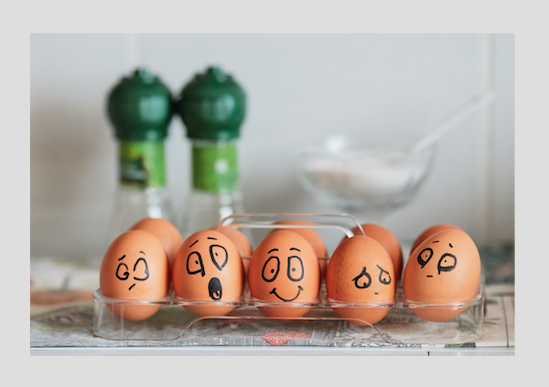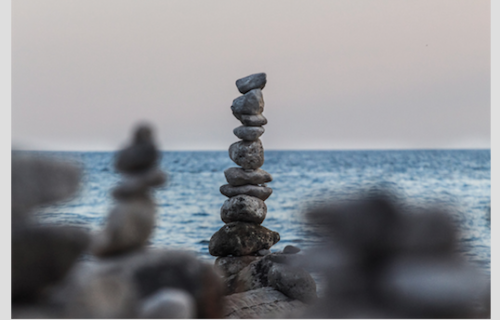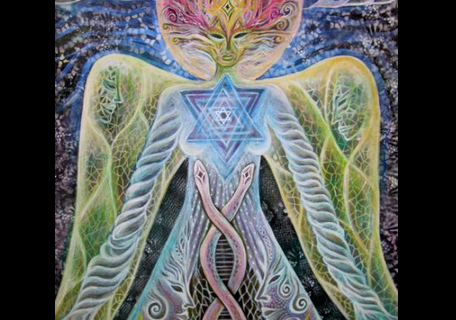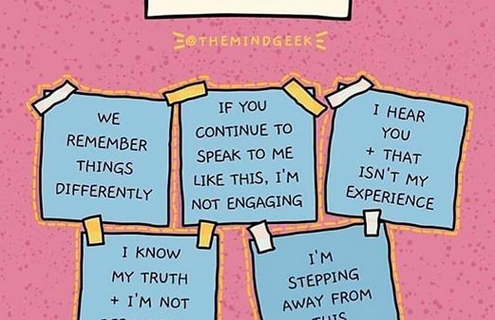
Honing Our Emotional Intelligence with Shamanic Medicine
*The following is an excerpt from the book “Dreaming of Cupcakes: A Food Addict’s Shamanic Journey into Healing:”
We humans spend so much time stuffing, denying, spewing, and avoiding our feelings that we never stop to ask them what they mean. In the book “The Language of Emotions: What Your Feelings are Trying to Tell You,” social researcher Karla McLaren catalogues the emotions and tracks what they are actually trying to tell us on a deeper level. I used to find it helpful to put them into one of two categories: love and fear. I used to try to deny fear and focus only on love. But this was a futile exercise. The problems with these ways of approaching emotions are: love is not an emotion, denial is not an honest reflection of what is so in the moment, and fear is not an enemy.
The so-called “dark” emotions are not our enemies either: fear, anger, shame, rage, and hatred. Fear connects us to our deepest instincts and points us towards actions that must be taken to ensure safety, for example. McLaren’s book is filled with practices that support readers in mastering this empathic work. She also says: “When an emotion is healthy, it arises only when it’s needed, it shifts and changes in response to its environment, and it recedes willingly once it has addressed an issue. When love is healthy, it does none of these things…Love does not increase or decrease in response to its environment, and it does not change with the changing winds.” Love defies categorization.
In Hawaiian traditional medicine, love is the state of aloha that Great Spirit demonstrates to us unconditionally–no matter what we do, think, say, or feel. In truth, we are never disconnected from aloha; it is we who isolate from it. We do this by allowing fearful and worrisome thoughts to take over our mental landscape unresolved. When we do this consistently as a habit, we begin to believe we are unworthy or in need of fixing. Although we cannot really control which thoughts fall into our minds, we can learn to listen to what our emotions are telling us. In this way, we learn how we can reconnect with the Divine moment by moment when we find ourselves going off track.
This takes practice and rather constant awareness because many of us have the tendency to want to contract and protect ourselves when something challenging happens in life. In Hawaiian traditional medicine, the heart is the gateway in the human body that Spirit sends aloha through. Unless we practice living with open-heartedness, this portal becomes blocked and in some cases, closed, making life feel extremely painful. With willingness and effort, this vortex of light can be cleared wide open. One of my teachers says, “An open heart is the best defense.” Through experience, I’ve found that to be true. When I am not trying to hide, protect, or defend anything, my heart can stay open to what is happening in the moment. The main way I’ve built resilience inside myself over time is by practicing taking the present moment as it is. Whether I like it or not is irrelevant.
…We live in a time when it is acceptable to say: “so and so made me mad;” as if another person had control of our inner state of being! It can be hard to stay neutral when someone is laying into us, mocking us, blaming us, or shaming us. However, just because it’s challenging doesn’t mean it can’t be done. I like to think of healing as a process of learning how to be your own inner cartographer. Every person on earth has a unique inner landscape they live within–whether they are conscious that they are constantly navigating that territory or not. It behooves us to know how we think, what we believe, what we do with our energy, and what patterns we run so that we can shift the ways we live that are not in our best interests. When we know our inner landscape by heart, we are much less likely to be at the effect of someone’s unkind words or actions. We are more likely to see that in a neutral way as a reflection of her inner landscape rather than our own. This doesn’t mean that we won’t be triggered by someone else’s actions or words sometimes but it does mean that we will have the tools to figure out why we were triggered and to set to work to shift what inside of us caused our reaction.
The emotions sit…with the waters of life and the plants who give away oxygen and sustenance without asking for anything in return. Like water, we can learn to allow our emotions to flow out of us instead of staying stuck or running out like raging rivers that destroy life.
Jennifer Engrácio has been a student of shamanism since 2005. Jennifer is a certified teacher who has worked with children in many different education settings since 2001. She is a certified shamanic coach, reiki master, and lomilomi practitioner; in addition, she runs Spiral Dance Shamanics. Originally from Vancouver, Canada, she now lives in Calgary, Canada with her life partner.



